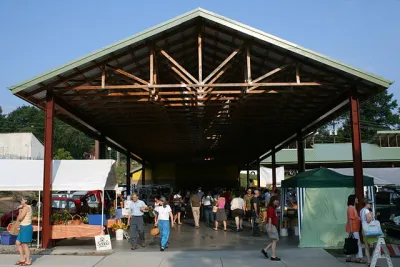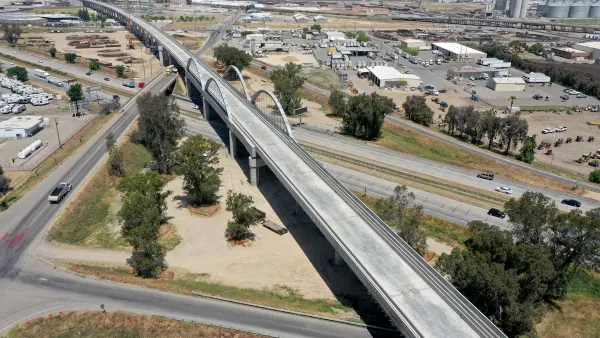New research shows that some U.S. communities are much better than others at attracting grants and financing for community development—even after adjusting for relative need. The numbers are clear, but the reasons for the disparity may not be.

You might think that community development funding in the United States—investments like small-business loans, federal housing grants, tax credits, and investments from community development financial institutions—go to local communities in rough proportion to their need. For example, in any given year, you’d expect communities to receive roughly the same amount of per-family and per-employee lending. And if any communities were prioritized, you’d hope they would be those that have higher levels of poverty and unemployment, as the public sector works to jump-start struggling economies.
As it turns out, that’s not the case. Urban Institute, through a grant from JPMorgan Chase, measured flows of federally sponsored or incentivized community development capital to all U.S. counties with more than 50,000 residents (which accounts for 88 percent of the U.S. population) using data from 2011 to 2015. We tracked funding in four dimensions: housing, small business, impact finance (loans from community development financial institutions and New Markets Tax Credit investments), and other community development programs. The upshot: some communities in the United States seem much better than others at attracting grants and financing for community development—even after adjusting for their relative needs. Here are some of the surprising trends we found:
Large counties get disproportionately more investment than small ones. You would expect that large counties with 300,000 or more residents get a lot more funding than small counties with less than 100,000 residents. But you’d also expect to see that difference go away once you adjust for the difference in size.
FULL STORY: How Successful is Your County in Accessing Community Development Funding?

Analysis: Cybertruck Fatality Rate Far Exceeds That of Ford Pinto
The Tesla Cybertruck was recalled seven times last year.

National Parks Layoffs Will Cause Communities to Lose Billions
Thousands of essential park workers were laid off this week, just before the busy spring break season.

Retro-silient?: America’s First “Eco-burb,” The Woodlands Turns 50
A master-planned community north of Houston offers lessons on green infrastructure and resilient design, but falls short of its founder’s lofty affordability and walkability goals.

Test News Post 1
This is a summary

Analysis: Cybertruck Fatality Rate Far Exceeds That of Ford Pinto
The Tesla Cybertruck was recalled seven times last year.

Test News Headline 46
Test for the image on the front page.
Urban Design for Planners 1: Software Tools
This six-course series explores essential urban design concepts using open source software and equips planners with the tools they need to participate fully in the urban design process.
Planning for Universal Design
Learn the tools for implementing Universal Design in planning regulations.
EMC Planning Group, Inc.
Planetizen
Planetizen
Mpact (formerly Rail~Volution)
Great Falls Development Authority, Inc.
HUDs Office of Policy Development and Research
NYU Wagner Graduate School of Public Service




























